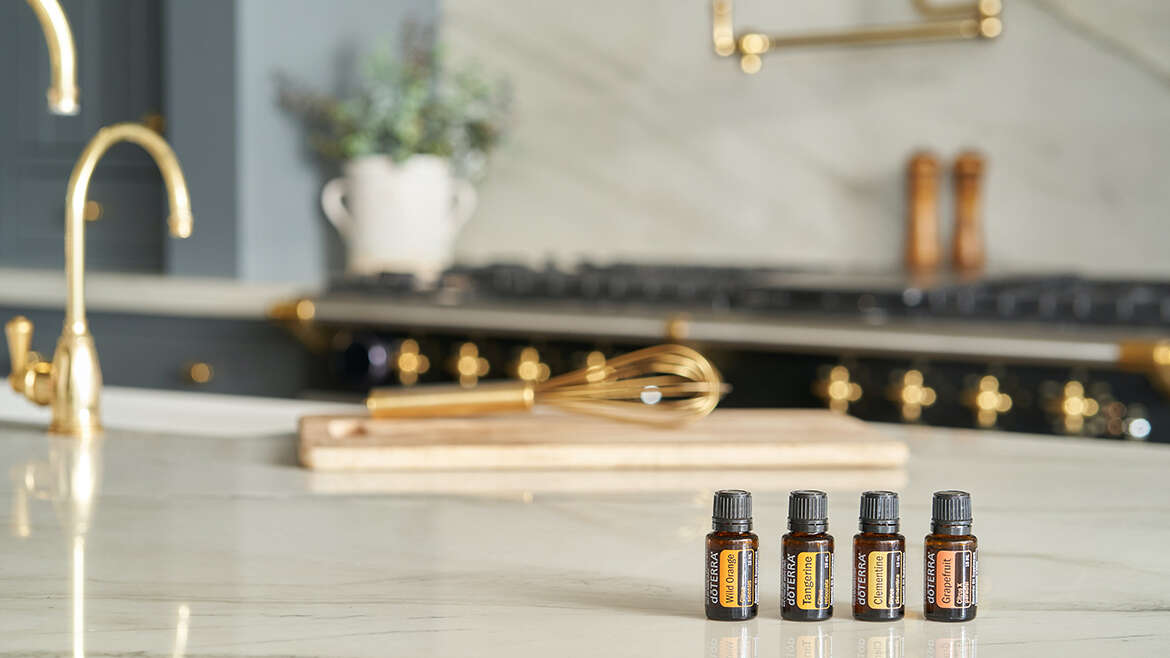Maintain Natural Shine On Marble Stone
Marble is a soft stone and scratches easily. Scratches take away the gloss on the stone leaving it looking dull. To maintain the shine on any natural stone it is important to follow a strict regime of maintenance and care. This can be best summed up as the principle of Clean-Seal-Polish. Certain precautions should be followed for maintaining the marble stone installed in the premises.
- Mop the dust from the surface frequently using soft material
- Clean the surface with mild soap and water and dry it immediately
- Blot spills immediately
- Protect the surface with mats, coasters or placements wherever possible
- Remove use of acidic substance like lemon juice, vinegar or bathroom cleaners to clean the surface
- Do not use an abrasive brush on the surface
General Guidelines for Marble Maintenance
- Avoid Spills: AVOID any spills on the marble floor. In case of spill, take corrective action immediately by blotting the spill. Do not wipe the spill as the spill may spread increasing the area of stain. Use mild soap or preferably PH neutral water to clean the spill. The area should be dried with a soft cloth. Repeat the process if necessary. A solution of baking soda mixed with water may also be used to clean the spill. It is important to ensure that the baking soda is wiped clean. As leaving it on the marble surface for long will damage the stone. If the stain persists, it is advisable to seek professional help.
- Use Mild Products: Always use a soft cloth to clean the marble surface. A mild soap or any other cleaning product may be used to clean the marble. Avoid all scouring powders or cleaning products that are acidic or alkaline as these will damage the floor. Do not use excessive cleaning agent as it will be difficult to clean if off the surface. Rinse the surface to cleanse it of all cleaning solution. Always dry the marble floor to avoid water stains. In the bathroom or wet areas, use a squeegee to minimize drying of the soap scum on the surface. A mild solution of ammonia mixed with water to the ratio of 1: 15 may be used once a month to clean the floor. However, over a period of time the stone may become dull due to ammonia.
- Sealing Marble: A sealant is the most effective method to protect the marble floor and countertops. A specially formulated sealant from natural wax, acrylic or other plastic compounds is applied on the stone. This forms a protective layer preventing direct exposure of the stone surface to potentially harmful solvents. It is advised to opt for impregnator sealers over the tropical sealers. The tropical sealer forms a layer on the stone surface against, water, oil and other types of contaminants. On the other hand, an impregnator sealer is a water based solution which penetrates below the stone surface and acts as a repellent. This type of sealer keeps the contaminants away and allows the stone to “breathe”. However, it should be noted that sealing will not protect the stone from physical or chemical damage. Sealing makes the stone more resistant to staining thereby giving time to clean the contaminant before it is able to make a permanent damage.
Polishing: A polished floor is easier to maintain and at the same time enhances the natural glow of marble while simultaneously reducing its absorbency. However, this process also causes the thinning of marble, so ensure that the right amount of time passes before repeating this process. A polished floor is resistant to dust, water, oil and even tire marks. In fact, it is even resistant to bacterial and fungal growth and therefore is highly recommended for kitchen and bathroom. It is recommended that you hire a specialists for polishing marble installed in your premises.

